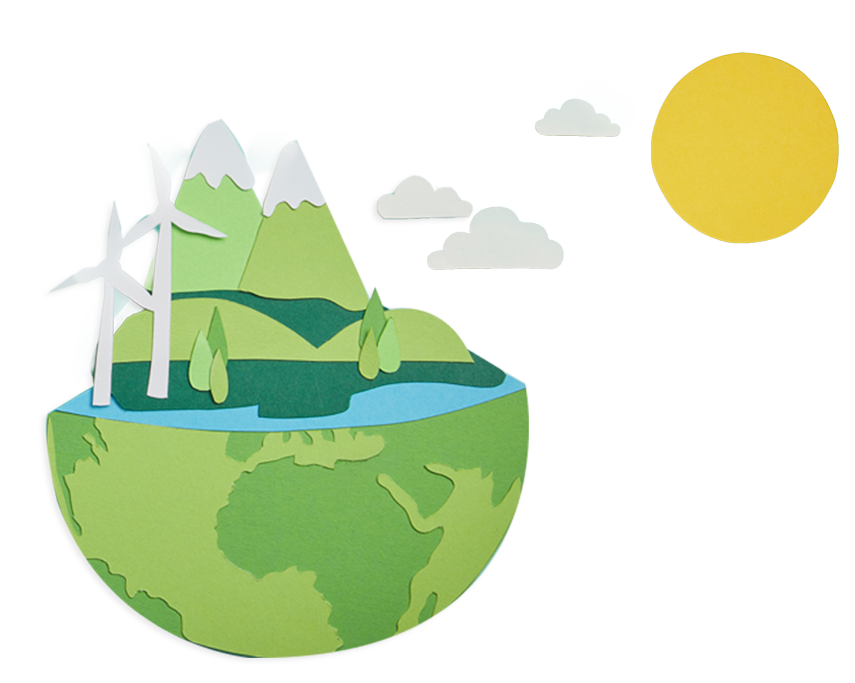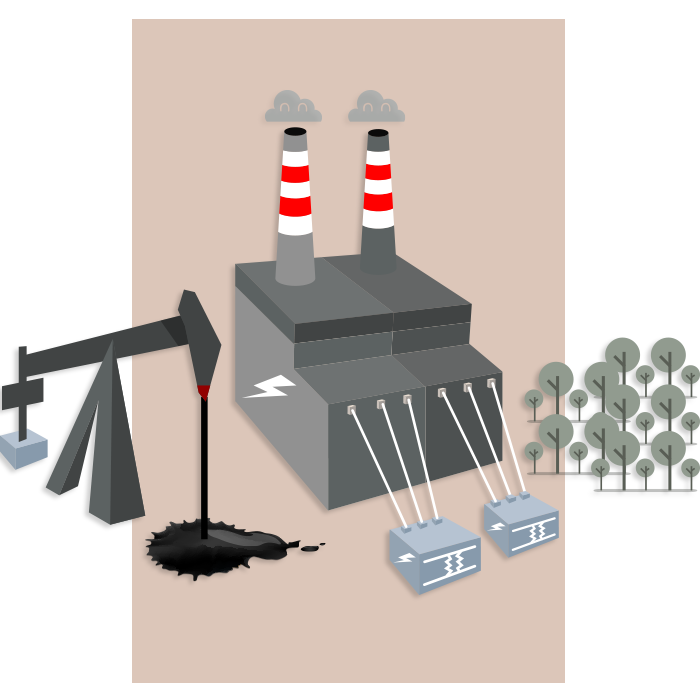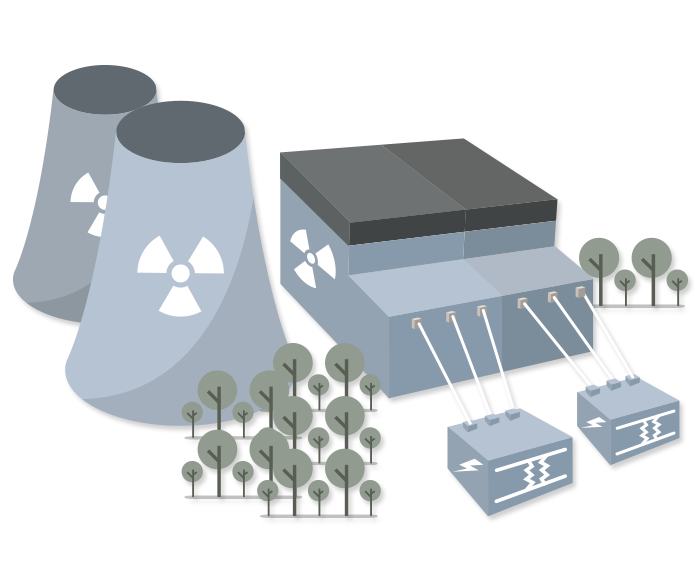Managing the earth's energy resources
Energy is everywhere around us: in the river that spins the mill wheel, in the engine of a car, in the water of the pan that we heat, in the force of the wind that spins the wind turbines… and even in our human body! A better management of the resources is crucial in this day and age and specialists in energy trading are here to help us succeed!

Renewables
Green energies
Supplied by the sun, the wind, the heat of the earth, waterfalls, tides or the growth of plants, renewable energies generate little or no waste or polluting emissions. They contribute to the fight against the greenhouse effect and CO2 emissions into the atmosphere.

Solar energy

Wind energy

Hydraulic Energy

Biomass
Non-renewable energy sources
Non-renewable energy sources are all resources that do not recreate themselves naturally or too slowly considering the rate at which they are used.
If the increasing demand for a form of energy meant that the amount of resources would no longer meet the demand, then we would be talking about exhaustion. The main sources of non-renewable energy are fossil fuels and nuclear energy.
Fossil fuels come from plant and marine organisms that lived millions of years ago. Residues of these organisms have been transformed by temperature, crustal activity and pressure. Fossil fuels, including oil, coal and natural gas, are the result of this long process. More information on magazininfo.net.


Uranium and nuclear energy
Uranium is a white-silver metal and a primary energy source. After uranium is extracted and crushed, it is transformed into fuel to fuel nuclear reactors to produce electricity.
Benefitting from renewable energy at home
Prepare the project rigorously: the phases of reflection, communication, mobilization and feasibility study are essential for a successful installation using a renewable energy source whatever you are.